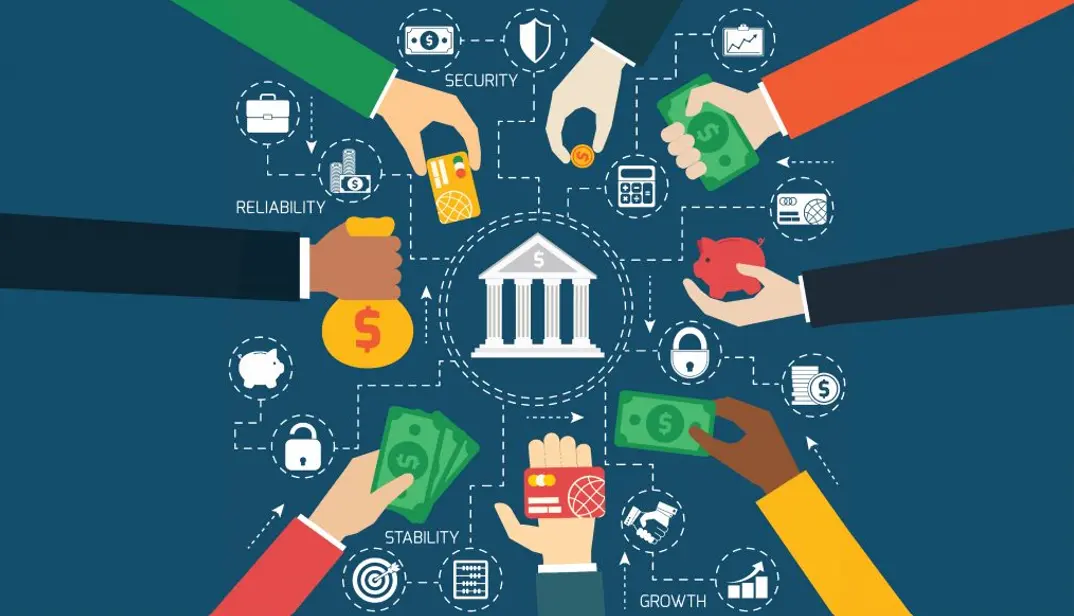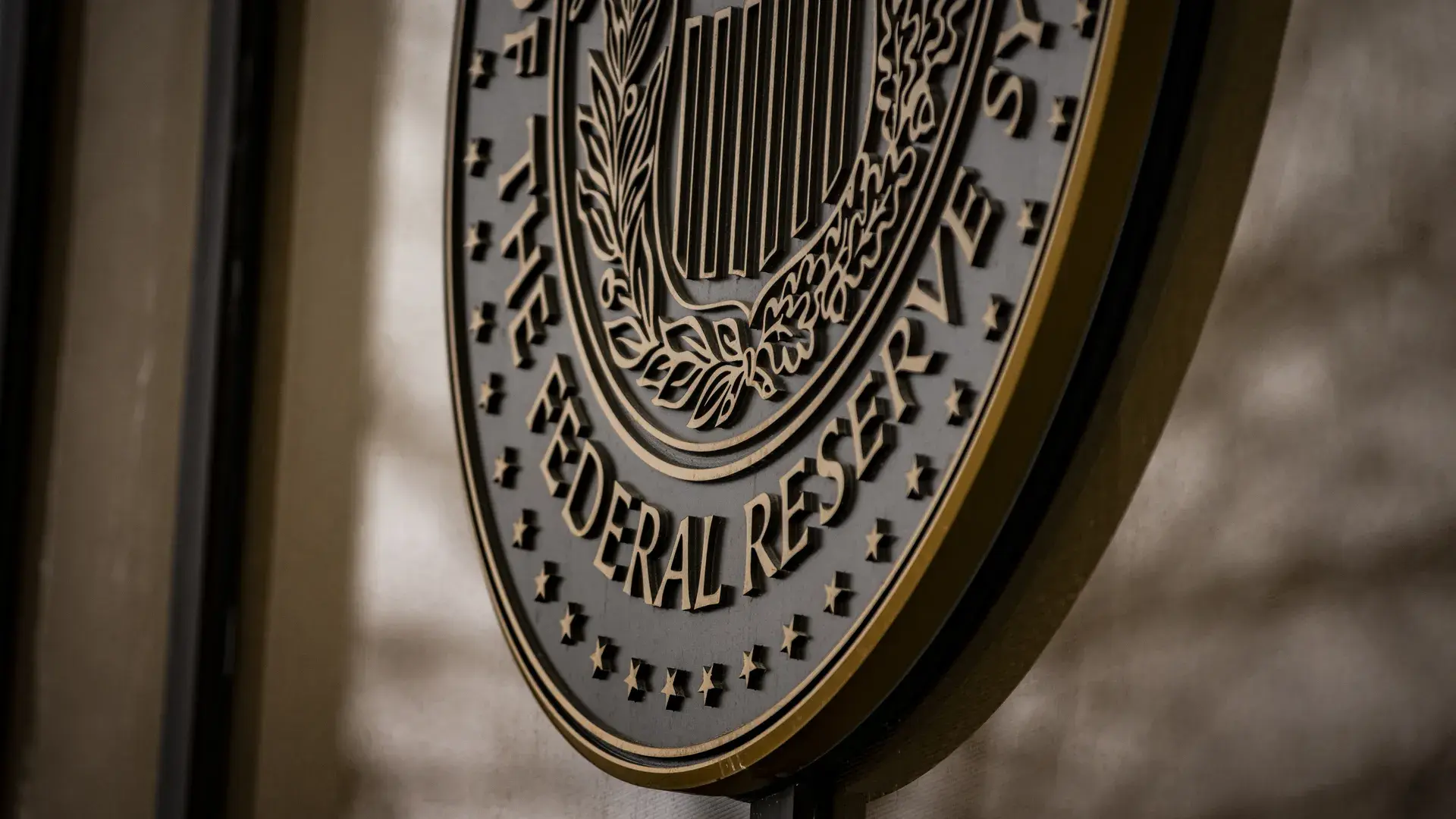SBA Lending Programs in the Spotlight for Small Business Growth
The Small Business Administration (SBA) has highlighted its lending programs as key drivers for small business growth. These programs, including the 7(a) loan and 504 loan, provide crucial funding to entrepreneurs, especially those from underrepresented communities.

In an effort to support the economic recovery and spur small business growth, the Small Business Administration (SBA) is placing a renewed emphasis on its lending programs. These initiatives have been vital in helping entrepreneurs, particularly in underserved communities, gain access to funding that might otherwise be out of reach.
The SBA’s loan programs, including the widely recognized 7(a) loan and the 504 loan, are designed to address the unique challenges faced by small businesses. With more entrepreneurs seeking capital to launch or expand their ventures, these programs have become key tools in creating jobs, increasing economic activity, and fostering innovation across the United States.
Key SBA Lending Programs
1. The 7(a) Loan Program
The 7(a) loan is the SBA’s most popular lending program and provides funding for a variety of purposes, including working capital, equipment purchase, and real estate acquisition. This loan offers relatively low interest rates and long repayment terms, making it an attractive option for small businesses in need of financial flexibility. The program is designed to assist a wide range of businesses, from start-ups to established companies, that may struggle to secure financing through traditional lending channels.2. The 504 Loan Program
The 504 loan provides long-term, fixed-rate financing for major capital assets, such as real estate and equipment. Aimed at promoting economic development, these loans are typically used for projects that will create or retain jobs and contribute to the growth of the local economy. With the 504 loan, small businesses can access up to $5 million in financing, depending on the type of project and its job creation potential.3. The Microloan Program
The Microloan program provides smaller loans of up to $50,000 to help new businesses with capital needs like inventory, supplies, and working capital. This program is particularly helpful for entrepreneurs in low-income areas or those without a strong credit history. Microloans can help small business owners build credit and establish a foundation for future growth.4. The Disaster Loan Program
In response to unforeseen events like natural disasters or public health crises, the SBA disaster loan program provides emergency financing for businesses in need of immediate relief. These loans help businesses recover by covering costs related to property damage, payroll, and operating expenses that would otherwise be difficult to manage without external funding.The Impact of SBA Lending Programs on Small Businesses
1. Providing Access to Capital
One of the most significant barriers to small business growth is access to capital. Traditional banks and financial institutions are often hesitant to lend to smaller or newer businesses due to the perceived risk. The SBA loan programs address this issue by offering guarantees that reduce the lender’s risk. This makes it easier for small business owners to secure financing for their operations. For many entrepreneurs, SBA-backed loans provide the initial capital needed to launch a business, expand operations, or manage cash flow during difficult times.2. Supporting Minority-Owned and Women-Owned Businesses
The SBA has made it a priority to support minority-owned and women-owned businesses through its lending programs. Initiatives such as the 7(a) Women-Owned Business Program and the Veteran’s Advantage Program offer more favorable loan terms for businesses led by underrepresented groups. These programs help promote economic equality and ensure that all entrepreneurs have the opportunity to succeed.3. Job Creation and Economic Development
SBA-backed loans are not only crucial for individual business owners but also for the local economy. By providing financing for expansions, renovations, and equipment purchases, SBA loans help businesses grow, hire more workers, and increase their productivity. Small businesses are often the backbone of local economies, and the SBA's lending programs are designed to create job opportunities, foster economic development, and ensure long-term prosperity for communities.How to Qualify for SBA Loans
1. Eligibility Requirements
While SBA loans are more accessible than traditional bank loans, they still require businesses to meet certain eligibility criteria. These include a demonstrated ability to repay the loan, a sound business plan, and proof of need for the financing. Businesses must also be for-profit and meet the SBA’s definition of a small business, which typically means having fewer than 500 employees.2. Documentation and Application Process
The application process for SBA loans involves submitting financial statements, a business plan, and other supporting documents. Borrowers must also provide information about their business history, cash flow projections, and the specific purposes for which the loan will be used. While the process can be time-consuming, the SBA’s partner lenders offer guidance and assistance to help small business owners navigate the process.Challenges and Criticisms of SBA Lending Programs
1. Application Complexity
Despite the SBA’s efforts to make its loan programs accessible, the application process can still be cumbersome and overwhelming for some small business owners. Entrepreneurs may face delays in processing times or experience confusion over documentation requirements. This can be particularly frustrating for start-ups or businesses without dedicated financial resources.2. Interest Rates and Fees
Although SBA loans generally offer lower interest rates than conventional loans, the rates can still be relatively high for some borrowers. Some business owners have also expressed concerns about the fees associated with SBA loans, which can add up over time and reduce the loan’s overall affordability.3. Limits on Loan Amounts
The SBA’s loan programs have limits on the amount of financing available, which may not meet the needs of businesses seeking larger amounts of capital. Businesses in capital-intensive industries such as manufacturing or construction may find that the SBA’s loan limits are insufficient to fund their growth plans.Future of SBA Lending Programs
1. Adapting to Changing Economic Conditions
The SBA continues to adapt its lending programs to meet the evolving needs of small businesses. In response to changing economic conditions, the COVID-19 pandemic, and shifting regulatory landscapes, the SBA has introduced new programs and expanded existing ones to better support small businesses during difficult times.2. Emphasis on Digital Transformation
The SBA is increasingly focused on digitizing its lending process, making it easier for small business owners to apply for loans online. By leveraging technology, the SBA hopes to streamline the application process, reduce wait times, and make the loan process more accessible to a larger number of businesses.3. Continued Support for Minority Entrepreneurs
As the U.S. government focuses on promoting economic equality, the SBA is expected to increase its emphasis on supporting minority and women-owned businesses through targeted loan programs. Efforts to reduce disparities in access to capital will remain a priority, ensuring that entrepreneurs from all backgrounds have the resources they need to succeedLatest In Media & marketing
Banking Magazine

New Regulations for Digital Banking and Crypto Investments
Investment

The Evolution of Investment Policies in U.S. Banking
Finance

Analyzing U.S. Banking Regulations and Investment Performance
Money






